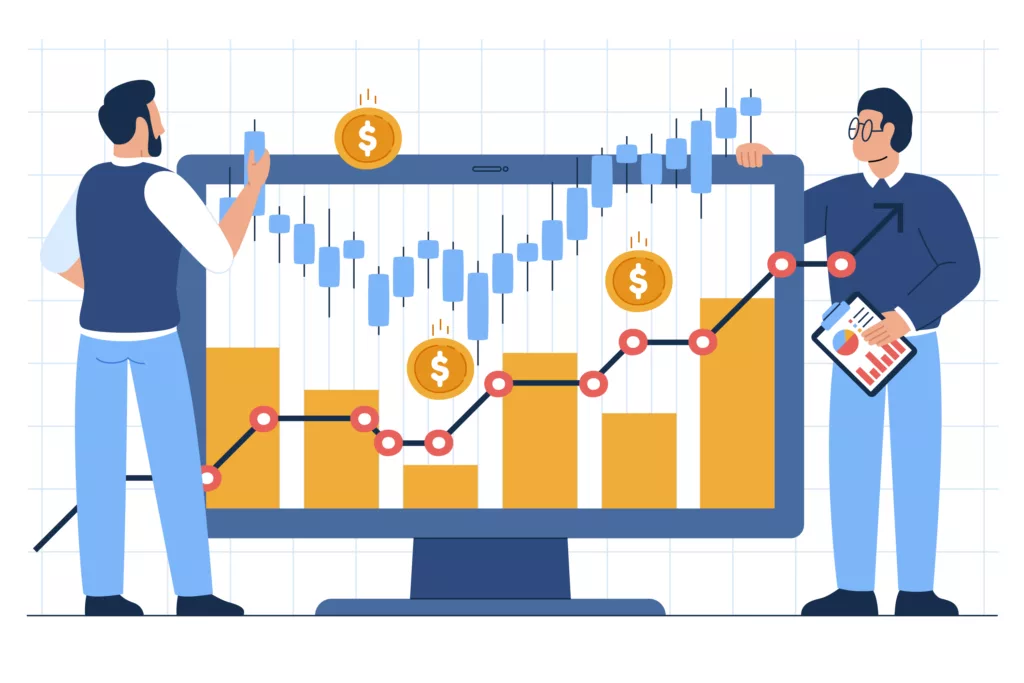Embarking on your investing journey can feel like standing at the base of a mountain, exciting, a little daunting, but absolutely achievable with the right map. Whether you’re saving for retirement, a down payment, or simply growing your wealth, this guide will walk you through each step in clear, jargon-free language, tailored for Canadians.
1. Clarify Your Why and Set Financial Goals
Before you buy your first share or ETF, know why you’re investing. Anyone has different need, want or dream,.Clear goals keep you motivated and on track.
- Short-term goals (1–3 years): e.g., emergency fund, vacation fund
- Medium-term goals (3–10 years): e.g., down payment on a home
- Long-term goals (10+ years): e.g., retirement
For a deep dive on goal-setting, see How to Set Financial Goals You Can Actually Achieve.
2. Establish a Budget and Boost Your Savings Rate
Once your goals are in place, carve out money to invest.
- Track income vs. expenses: start with Budgeting 101: How to Create a Budget That Works for Canadians.
- Automate savings: have a portion of your paycheque sweep into your “investment” account.
3. Build (and Protect) Your Emergency Fund
An emergency fund 3–6 months of basic expenses, means you won’t derail your investments for an unexpected car repair or job loss.
- Save in a High-Interest Savings Account (HISA) or ETF.
- Read How to Build an Emergency Fund in Canada for tips on saving faster.
4. Manage High-Interest Debt First
Pay down credit-card or line-of-credit debt (often 10%+ interest) before investing heavily.
- Compare strategies in How to Pay Off Credit Card Debt Fast and Debt Snowball vs. Debt Avalanche.
- Even small extra payments can save you thousands in interest.
5. Choose the Right Tax-Advantaged Accounts
Canadians have two powerful shields against taxes:
- TFSA (Tax-Free Savings Account)
- RRSP (Registered Retirement Savings Plan)
For shorter-term or more flexible goals, a TFSA is ideal—withdrawals are completely penalty-free, and you can even use it like a retirement account to enjoy tax-free compounding and withdrawals. Conversely, if you’re in a higher tax bracket and want an immediate deduction, an RRSP is the better choice.
For a full comparison, check TFSA vs. RRSP: Which Savings Account Is Right for You? and How to Use a TFSA to Build Wealth Tax-Free.
6. Pick a Platform or Broker
Whether you choose a traditional bank, a discount broker, or a robo-advisor, look for:
- Low fees
- An intuitive, easy-to-use platform
- Access to the investments you want
- Built-in automatic investing
Explore top choices in Best Investment Platforms and Brokers for Canadians in 2025.
7. Start Simple: Build a Core Portfolio with All-in-One ETFs
Rather than juggling multiple individual ETFs, many beginners find it easier to use a Canadian “all-in-one” ETF that bundles stocks and bonds and even automatically rebalances for you. Pick the version that matches your comfort with risk:
| Portfolio Style | ETF Examples (Ticker) | Equity / Fixed Income Split |
|---|---|---|
| 100% Equity | Vanguard All-Equity ETF Portfolio (VEQT) iShares Core Equity ETF Portfolio (XEQT) | 100 / 0 |
| Growth (≈ 80/20) | Vanguard Growth ETF Portfolio (VGRO) iShares Core Growth ETF Portfolio (XGRO) | 80 / 20 |
| Balanced (≈ 60/40) | Vanguard Balanced ETF Portfolio (VBAL) iShares Core Balanced ETF Portfolio (XBAL) | 60 / 40 |
Why all-in-one?
- Broad diversification in a single ticker
- Low management fees (MERs typically 0.20%–0.25%)
- Automatic rebalancing to maintain your chosen mix
Not sure which split is right for you? Take this quick risk-profile questionnaire before you decide:
https://www.ciro.ca/office-investor/understanding-risk/investor-questionnaire
8. Automate, monitor, and… relax.
Once your core portfolio is in place, set it on autopilot and check in regularly to stay on track:
- Automate your contributions
- Schedule recurring transfers from your chequing account into your investment account each paycheque.
- If your platform offers it, turn on “automatic investing” to buy your chosen ETF(s) on a set schedule.
- Monitor performance
- Review your account dashboard every quarter to see how your investments are growing.
- If you’re using all-in-one ETFs (e.g., VGRO, XGRO, VBAL), you can simply “keep calm and chill”, the asset mix is already aligned with your goals and risk profile.
- Rebalance at least once a year
- For DIY portfolios, bring your holdings back to your target split (e.g., 60/40 or 80/20) by buying what’s lagged and trimming what’s run ahead.
- If you’re invested in an all-in-one ETF, manual rebalancing isn’t needed, your ETF provider handles it automatically.
By automating deposits, briefly checking your progress, and leaning on all-in-one ETFs to self-rebalance, you’ll stay disciplined without the daily hassle.
9. Keep Learning and Stay the Course
- Investing is a marathon, not a sprint.
- Avoid chasing hot tips or timing the market.
- Revisit your plan, goals, and risk tolerance every year.
Want to dive deeper? Check out:





